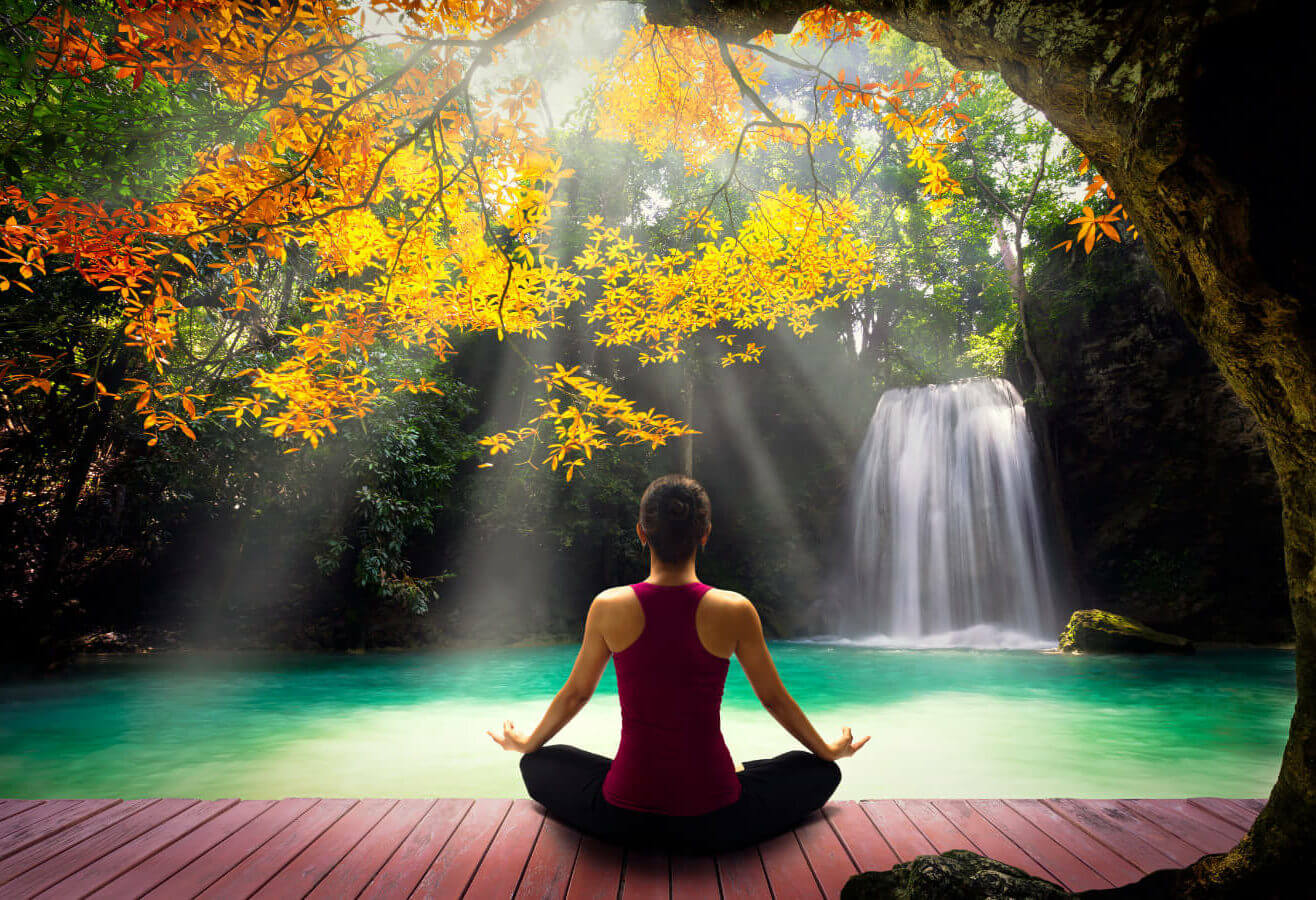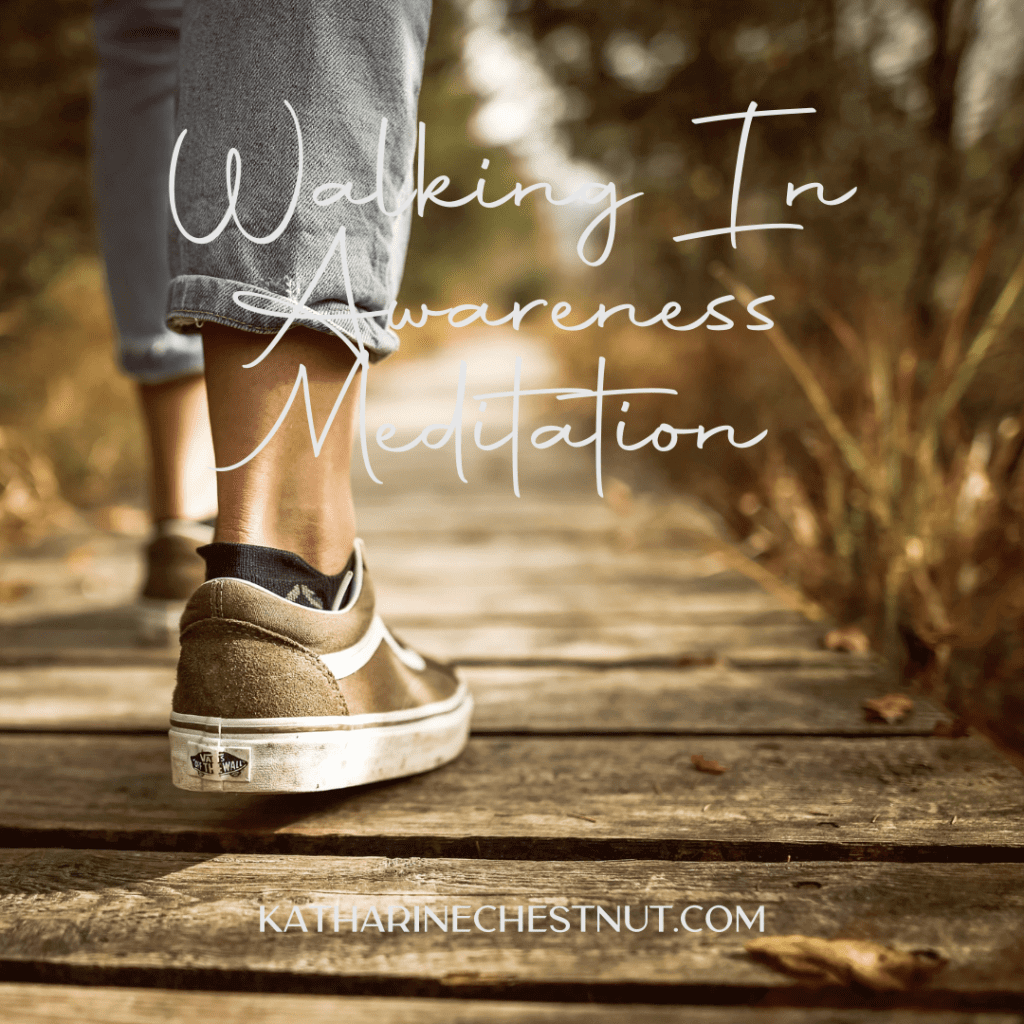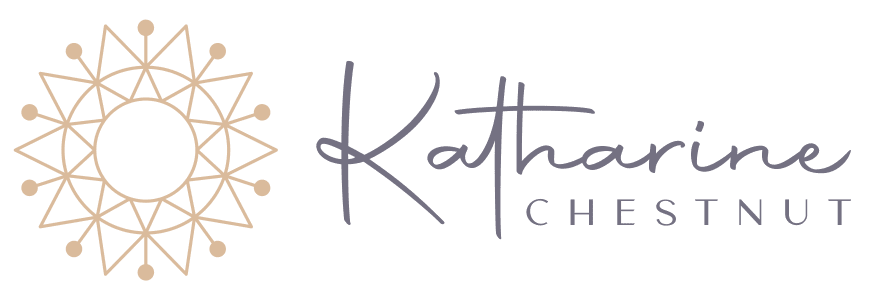
What Is Active Meditation?
We’ve all seen ’em. Wellness influencers dressed pastel colors, with a beautiful waterfall in the background, as they record their meditation ritual. Perched on an Instagram-worthy craggy rock (with a cushion to be sure), they show us how to breathe with their eyes closed for a minute. I didn’t get it. As I’ve shared before, meditation just wasn’t for me.
I totally understood the benefits of mindfulness and meditation. Sharper focus, reduced stress, and activating your inner light – it all sounded great. And yet, I just couldn’t sit still and empty my mind. Despite my attempts to embrace meditation, I couldn’t.
For people like me, somewhat perfectionistic (ok, heavily inclined so), and predisposed to stress, our minds need a break. But how!?! Thankfully, I finally figured out that sitting still and quiet isn’t the only way to meditate. I’ve discovered that movement and/or guidance is the key to a successful meditation practice for me. We’ll stick with discussing movement for the moment.
Active Meditation Defined
So what is it? Active meditation is a powerful practice that can help you calm your mind, reduce stress, and increase your focus and productivity.
Unlike a more traditional forms of meditation, active meditation involves movement or physical activity, which can make it easier to get into a meditative state and stay focused.
One of the ways to lessen a wandering mind is to use active meditation. Here’s a simple process to try it out:

- Pick a word embodies an emotion you would like to feel more of like love, joy, serenity, happiness, etc. (you can use this list to give you more ideas)
- With your eyes closed, imagine the word
- Select a color and see the word in that color
- Make the background a different color
- Write the word, one letter at a time, in your head
- Speak the letters quietly to yourself
- Repeat the steps (set a five-minute timer before starting)
Listen to my meditations on the free Insight Timer app OR YouTube 🧘
Benefits of Active Meditation
Since we’re being active and moving our bodies, in addition to the usual benefits of traditional meditation, we get even more by making it part of a healthy lifestyle.

- Reduced stress: Releasing pent-up energy and tension, leads to a reduction in blood pressure, stress and anxiety.
- Improved focus: The practice of active meditation improves our focus and concentration by training the mind to stay present and in the moment.
- Increased self-awareness: Increasing our self-awareness comes when bringing attention to the present and allowing us to connect with our bodies and emotions.
- Enhanced creativity: Stimulate your creativity and be inspired with new ideas by allowing your mind to break free from habitual thought patterns and explore new perspectives.
- Improved physical health: It stands to reason that your physical health will be improved through better circulation, reduced muscle tension, and boosted energy levels.
Other Ways To Practice Active Meditation
Since active meditation involves physical movement, it is perfect for people who can’t sit still for long periods of time. Here are some options to consider (and the best part is that you get to choose based on your interests and preferences):

- Walking: Go for a walk. Bring your focus to your breath and the sensations in your body as you walk. You can also focus on your surroundings, such as the colors of the leaves, the sounds of birds chirping and the smells as you move. This is one of my favorite ways to practice mindfulness.
- Yoga: Practice yoga poses and focus on your breath and body sensations. You can also add a mantra or affirmation to your practice to enhance your experience (of course, creating your own Inner Affirmations would be an even better way to include a mantra).
- Swimming: If you have a regular practice to swim, take the opportunity to focus on your breath as you inhale and exhale. Enjoy the sensation and temperature of the water against your skin. Appreciate the rhythm of your strokes, the way your body moves and the sounds of the water.
- Gardening: While tending to your garden, be in the present moment. Delight in the sensations of the soil, plants, and sun on your skin. You can also focus on the sounds of nature and the colors and textures of the plants.
- Cleaning: As you clean your home and focus on the task at hand. Place your attention to the smells and sounds of cleaning and as well as the satisfaction of completing a task.
- Dancing: Put on some music and dance freely (like nobody is watching!). Embrace the rhythm of the music and allow yourself to experience the flow of the music through you. Add visualization or intention-setting to your practice to enhance the meditative experience.
- Cycling: I’m adding this here because I’ve been doing it for years and didn’t realize it. When I’m road biking, I’m solidly present and aware of all my surroundings while riding. And I have been known to frequently say that, ‘the wind blows all the crap out of my head’.
These are just a few examples of active meditation practices. It’s important to find the type of movement that works best for you and your lifestyle.
What’s Your Choice?
Remember, active meditation can be done in ANY activity that you enjoy and can do with focus and presence. The key is to find an activity that feels meditative to you and to engage in it regularly with intention and awareness.
Active meditation is a powerful tool for improving both mental and physical well-being, especially for individuals who find traditional, seated meditation challenging or unappealing.
Since I’m one of those people that needs options to make meditation work for me, I would love to know how you practice active meditation (or any other type).
Listen to my meditations on the free Insight Timer app OR YouTube 🧘





